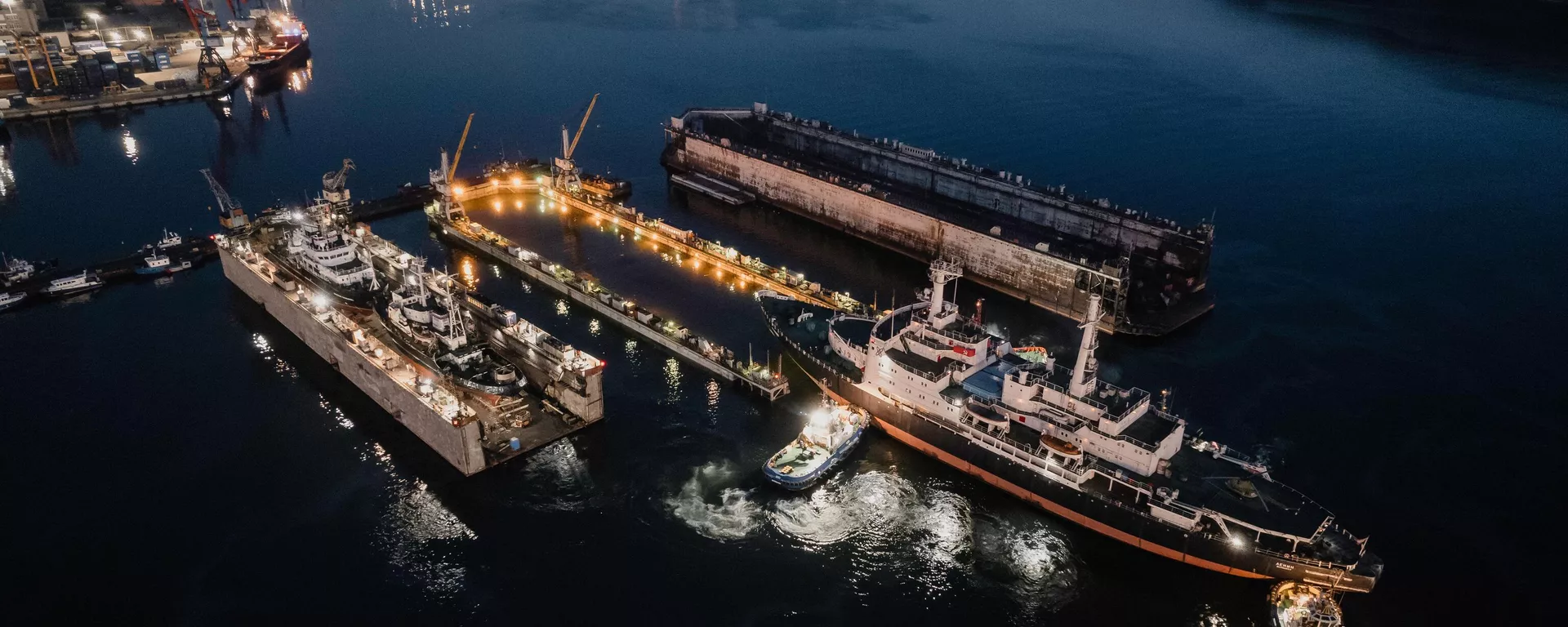Measured from the North Pole to the Arctic Circle (67° north of the Equator), the Arctic stretches across roughly 20 million square kilometers of sea and land area, with the Arctic Ocean covering 15.5 million sq. km of that.
United States
Currently claims about 10%* of the Arctic.
US Arctic possessions include about 1/3 of Alaska (about 575,000 sq. km), plus a 200 nautical mile exclusive economic zone off the state’s coasts. In 2023, Washington added a cool million sq. km to its continental shelf claims, more than half of that off Alaska, in the Bering Sea and the Arctic Ocean.
Canada
Currently claims about 25%* of the Arctic.
Roughly 40% of Canada’s 9.98 million sq. km land mass and 70%+ of its coastline are situated in the Arctic. Canada’s Arctic shelf claims were extended to 1.9 million sq. km, all the way to Russian waters, in 2022, and include claims to the North Pole.
Denmark (via Greenland)
Currently claims about 20%* of the Arctic.
Denmark is an Arctic power thanks to its control of Greenland (although for how long is unknown, given the island’s drift toward independence). About 2/3 of the 2.17 million sq. km island lies above the Arctic Circle, allowing Copenhagen to lay claim to some 900,000 sq. km of the continental shelf, including the North Pole.
Russia
Currently claims about 50%* of the Arctic.
About 1/5 of Russia’s 17 million sq. km landmass lies above the Arctic Circle, and Moscow’s continental shelf claim stretches 2.1 million sq. km, including the North Pole.
Norway
Currently claims about 5%* of the Arctic.
Norway’s Arctic claims are comparably the most modest, with about 1/3 of the country of 385,200 km classified as northern, and Arctic shelf claims stretching some 235,000 sq. km.
* Note, due to conflicting claims and the very rough nature of these estimates, the total adds up to more than 100%.

 2 months ago
24
2 months ago
24









 We deliver critical software at unparalleled value and speed to help your business thrive
We deliver critical software at unparalleled value and speed to help your business thrive






 English (US) ·
English (US) ·